Get ready for a wild ride as we delve into driving revenue faster through partnership programs! Consider this article your personal roadmap as you navigate this important strategic initiative. According to Hubspot, “65% of organizations think partnerships are the key to future growth.” They say 50% of these organizations “attribute” a whopping “26% or more of their revenue to these partnerships.” It’s like having someone else do the heavy lifting while you sit back and enjoy the sweet smell of success.
Hold on tight because things are about to get even crazier! Accenture claims that “over 75% of business leaders believe our current business models will be unrecognizable in the coming years.” And guess what the main change agent will be? Ecosystems! You can bet partnerships will play a key role. When done right, they can have a dramatic impact on revenue growth within the first year.
But wait, there’s more! Not only can partnership programs increase revenue, but they also do it at a faster rate by shrinking your sales cycles by as much as 30%. Plus, by teaming up with the right partners, you can extend your customer reach by a jaw-dropping 40%.
Now, before you get too carried away with visions of partnership paradise, let me give you a reality check. Brace yourself, because more than half of partnerships fail, according to Mark Sochan, Author of The Art of Strategic Partnering: Dancing with Elephants. But fear not, my friend, because I’ve got some tips to help you beat the odds and create a successful partnership program. Just be prepared to put in some serious thought, effort, and resources.
To help you on your partnership journey, I’ve drafted a 10-step roadmap. And to make things even more exciting, I’ve got some ChatGPT prompts up my sleeve. These little prompts will help you identify potential partner company categories and even pinpoint the specific personas eager to hear about your ability to fill their offering gaps.
If you need to talk through any items below, go ahead and grab some time on my calendar for a chat.
Roadmap to an Effective Partnership Program
- Define Your Objectives: objectives might include increasing market share in specific industries, targeting new customer segments, or expanding into international markets.
- Determine Partner Selection Criteria: companies should evaluate potential partners based on their expertise, industry focus, customer base, and compatibility with their software offering.
- Establish Partner Enablement Resources: Investing in partner enablement is crucial to ensure partners have the necessary knowledge and tools to effectively sell and support your SaaS solution. Develop training programs, provide sales collateral, offer technical resources, and facilitate regular communication.
- Draft a Clear Partner Value Proposition: Define and communicate the unique value proposition of partnering with your B2B SaaS company. Highlight benefits such as competitive commission structures, co-marketing opportunities, access to specialized resources, and potential for recurring revenue streams.
- Create Joint Marketing Initiatives: Collaborative marketing initiatives can drive awareness and generate leads for both your company and your partners. Plan joint webinars, create co-branded content, and engage in co-marketing campaigns.
- Gain Agreement Sales and Revenue Alignment: Establish clear guidelines and processes for lead sharing, deal registration, and revenue sharing with your partners. Implement a robust CRM system that tracks partner-driven leads and ensures fair attribution and compensation.
- Institute Partner Performance Measurements and Motion for the Feedback Loop: Define key performance indicators (KPIs) to measure the effectiveness of your partners. Track metrics such as partner-generated pipeline, customer acquisition rates, and customer satisfaction scores. Provide regular performance reports and collaborate with partners to identify areas for improvement.
- Provide for Continuous Communication and Support: Maintain open lines of communication with your partners and provide ongoing support. Offer dedicated partner account managers, regular partner newsletters or updates, and a responsive support channel.
- Produce Legal and Contractual Agreements: Collaborate with legal professionals to draft comprehensive partnership agreements tailored to your industry. Address aspects such as data security, confidentiality, intellectual property ownership, and termination conditions. Ensure the agreements protect both parties’ interests while promoting a strong partnership foundation.
- Allow for Program Evaluation and Iteration: Regularly evaluate the performance and impact of your partnership program. Gather feedback from partners through surveys or partner advisory boards and analyze program metrics to identify areas for improvement. Continuously iterate and refine your program to optimize partner engagement and drive better results.
| Partner Program Element | Checklist |
| 1. Define Your Objectives |
|
| 2. Determine Partner Selection Criteria |
|
| 3. Establish Partner Enablement Resources |
|
| 4. Draft a Clear Partner Value Proposition |
|
| 5. Create Joint Marketing Initiatives Plan |
|
| 6. Gain Agreement on Sales and Revenue Alignment |
|
| 7. Institute Partner Performance Measurements and Motion for the Feedback Loop |
|
| 8. Provide for Continuous Communication and Support |
|
| 9. Produce Legal and Contractual Agreements |
|
| 10. Allow for Program Evaluation and Iteration |
|
As Generative AI emerges as a useful tool, here’s your chance to put it to work for you (if you haven’t already). The Program Prompts below can help with determining the kinds of companies you might consider partnering with, messaging to use when approaching them, and potential objections that might arise during those early conversations. The intent of these prompts is to uncover insights to help focus thinking, but as with anything created through AI, consider the response and determine how to best use it:
- What other kinds of companies would make good complimentary partners to a company providing [your solution] to [your target company categories]
- And what gaps would [your kind of company] fill for each kind of company?
- What impact would filling these gaps have on each kind of partner company?
- Who in the organization would care most about the impact for each kind of company?
- Create a slide for each kind of company compiling all the information above
- Create a table with the kinds of companies, gaps filled, impact, and personas who would care most about the impact of filling the gaps
- What objections are most likely to arise in conversations with each of the personas in each of the types of companies provided?
- How would you recommend overcoming each of the objections?









